Wildlife
Explore Utah through Wildlife and Waterfowl Management Areas
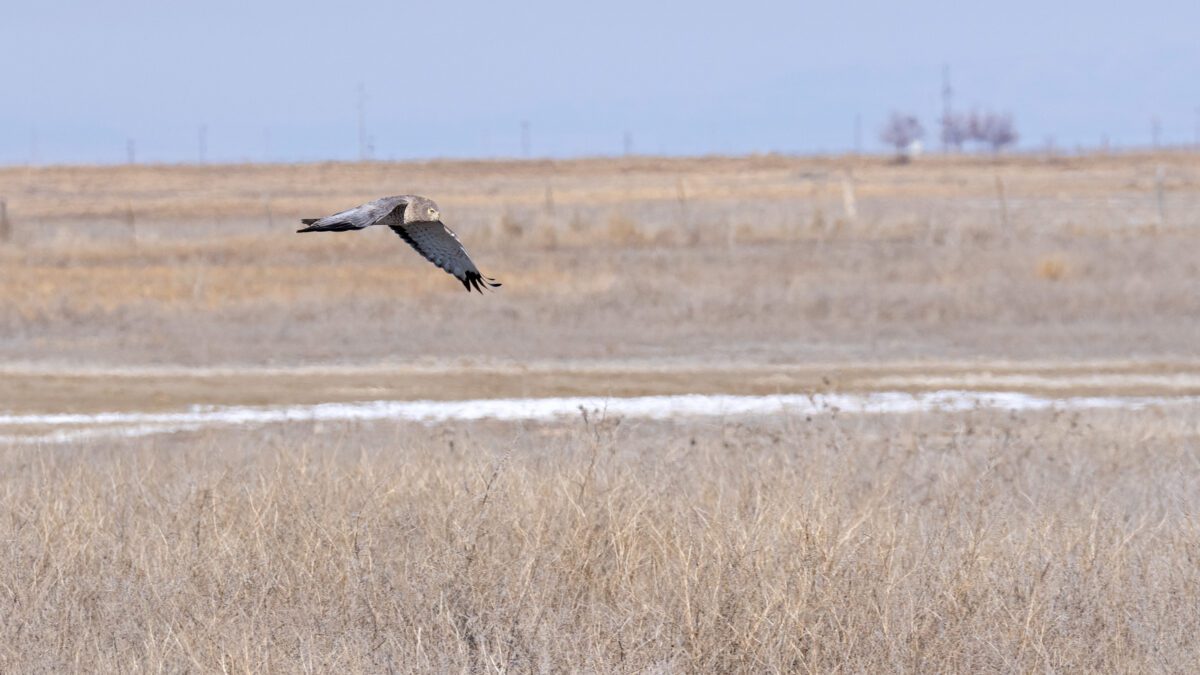
A Northern Harrier hunting in a field at the Ogden Bay Waterfowl Management Area. Photo: TownLift // Kevin Cody.
UTAH — From the five national parks to vast wild areas, exploring Utah offers nature lovers options. While national forest land or state parks might get more attention, Utah is also home to 194 wildlife and waterfowl management areas (WMAs) totaling over 500,000 acres. Each WMA has its own purpose, fulfilling one or more of three outlined pillars: Conserve critical wildlife habitat, minimize and mitigate wildlife depredation on private property and provide places for Utahns to hunt and fish or simply have access to be in nature.
WMAs in Utah can trace their origin back to the purchase of property to create the state’s first hatchery in 1909. From that point, the state started acquiring land to support fish and wildlife. The first official WMAs were created in the 1920s to protect winter ranges with feed and shelter for mule deer and other big game animals. Protecting these areas helps boost the chance of survivability for local wildlife through the winter months when food can be scarce and conditions can be harsh.
While public access is important, the management of these properties is far different than other public or state-owned lands. Its purpose is twofold, to protect wildlife and provide public access but only with certain types of recreation allowed. Every WMA has its own habitat management plan that guides the restrictions placed on it dictating public use. Throughout the year, there may be closures or limited access times. Examples could be nesting seasons or high-stress times of the year, such as during the winter when wildlife is already stressed to its limits just trying to survive.
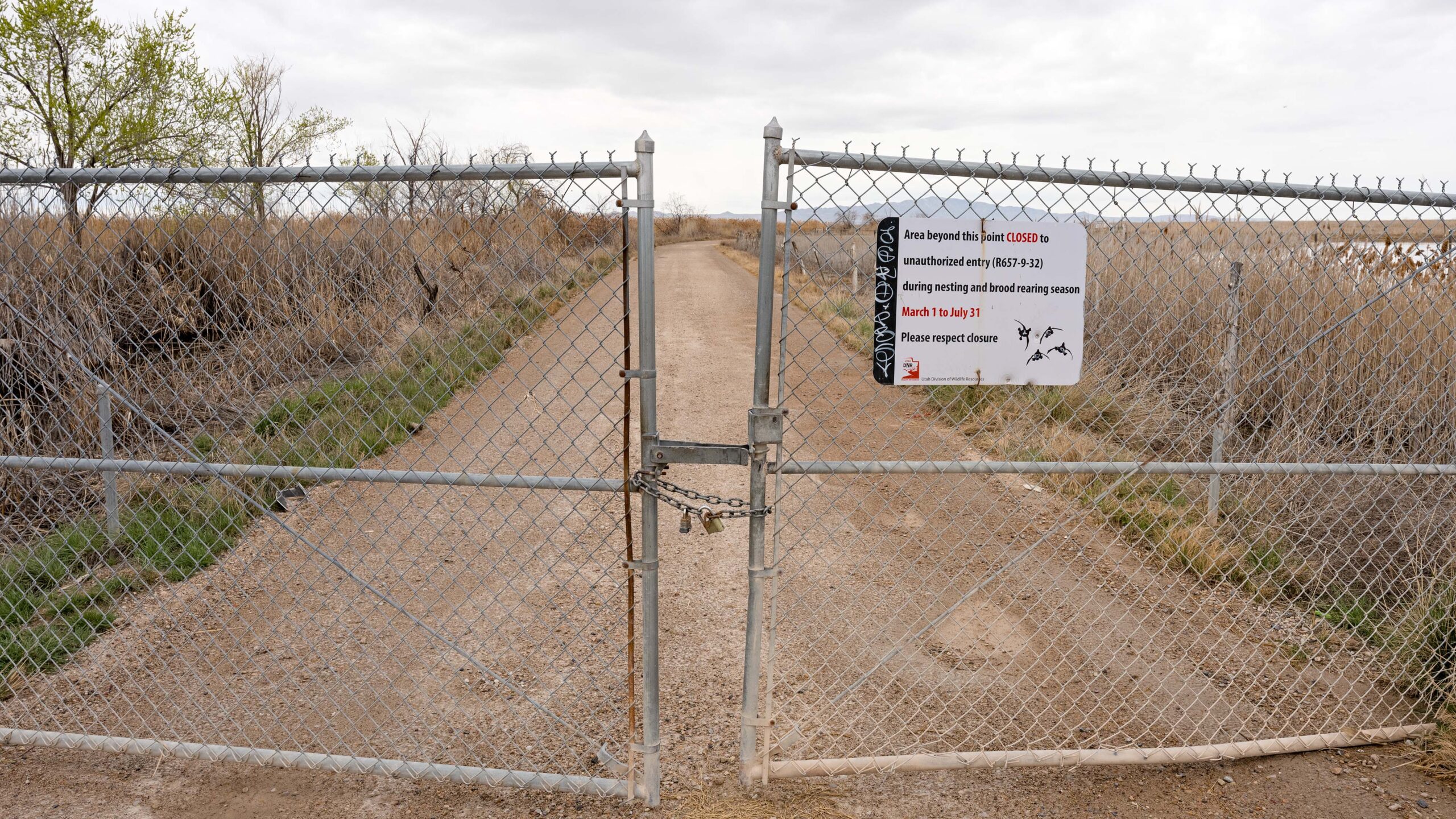
Many of the areas have various projects within Utah’s Watershed Restoration Initiative that help ensure sufficient vegetation and healthy watersheds. Sites that have seen wildfire damage will have projects such as clearing charred brush and reseeding. The same goes for wildfire prevention by reducing fuels, such as removing excessive conifer trees. The majority of projects are funded by the U.S. Fish and Wildlife Service’s Wildlife and Sport Fish Restoration Program, which receives a significant amount of its funding from an excise tax on fishing and hunting equipment. The remainder of the funding for WMAs primarily comes from selling hunting and fishing licenses and permits.
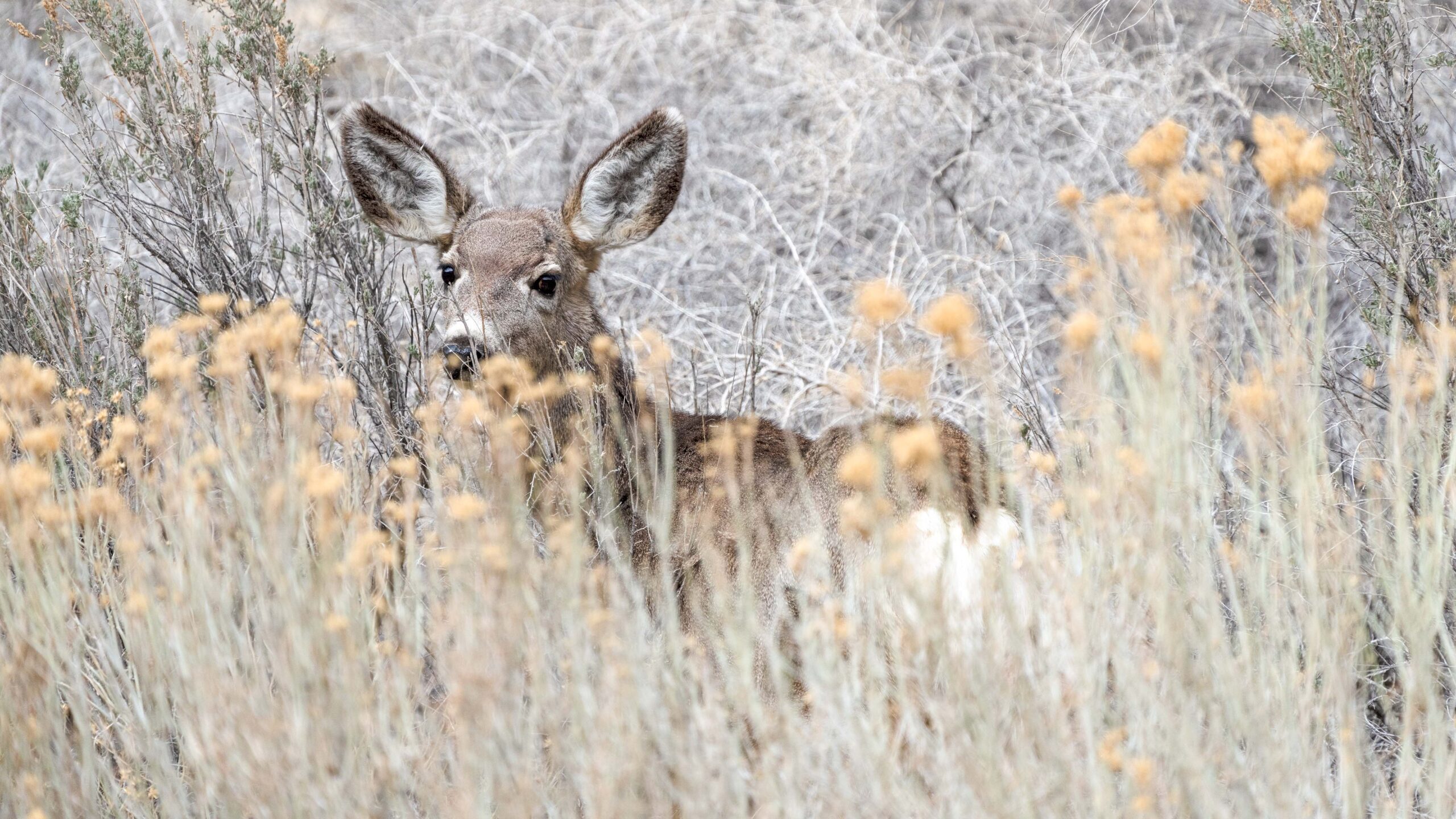
To learn more about each WMA, see the Wildlife Recreation Access Map, which shows every WMA location across Utah with details such as the size, species that can be found, seasonal closures, special restrictions, and brief descriptions.











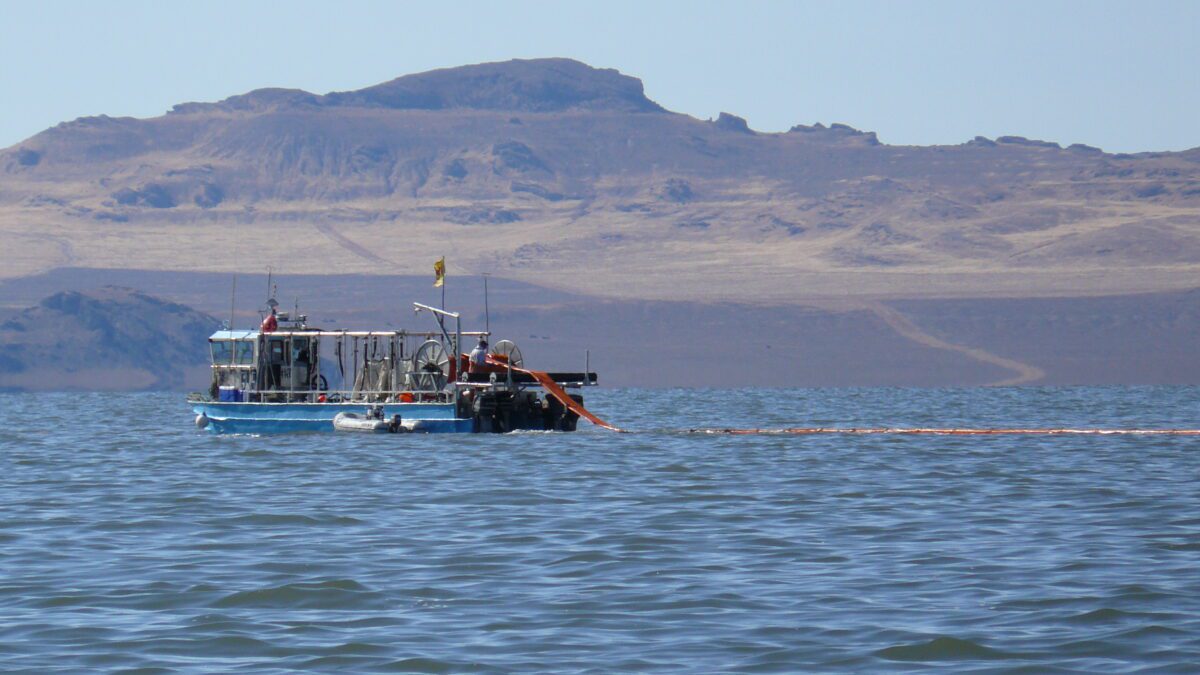
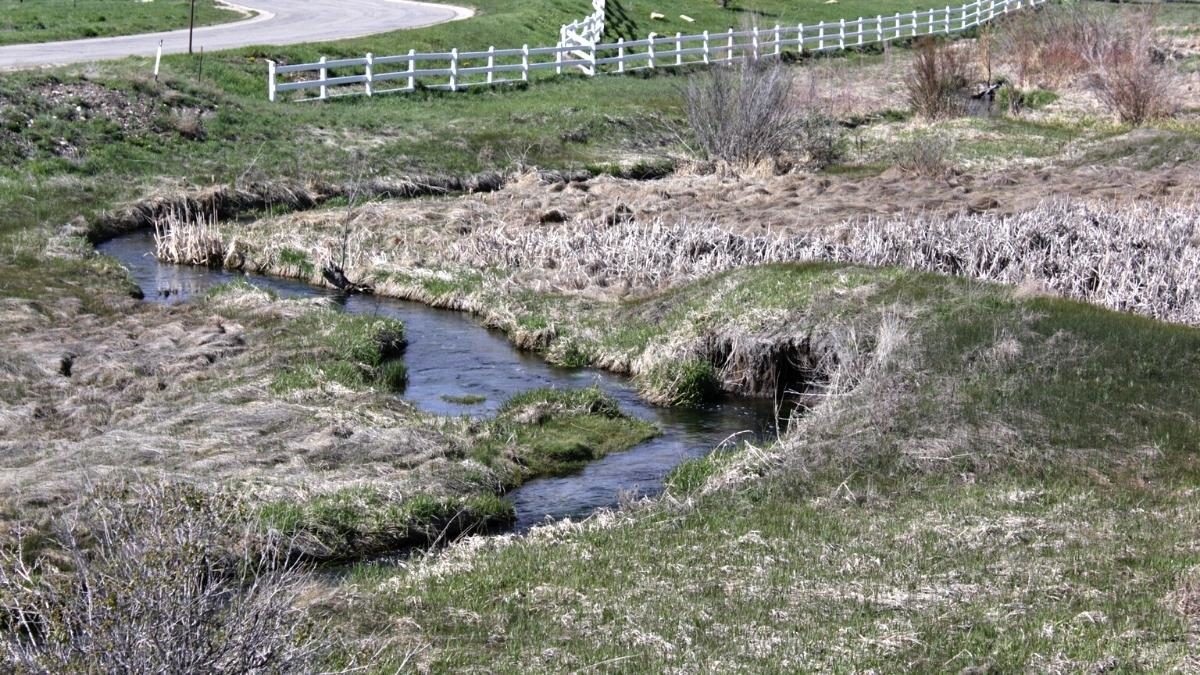
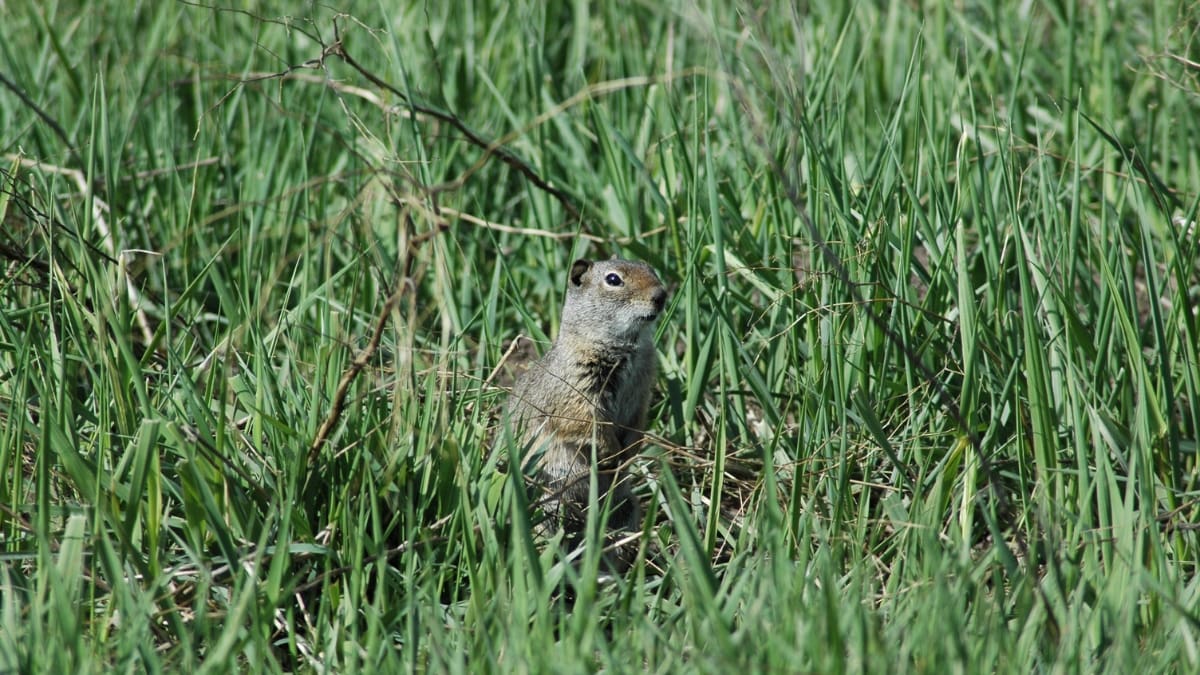
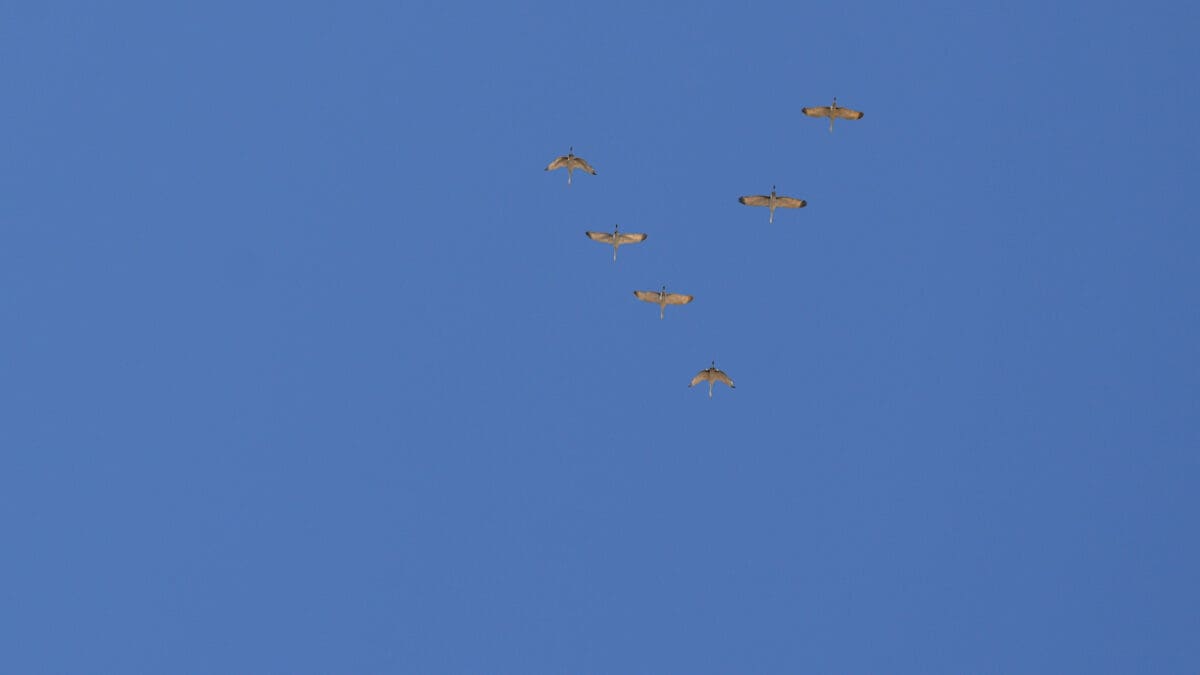

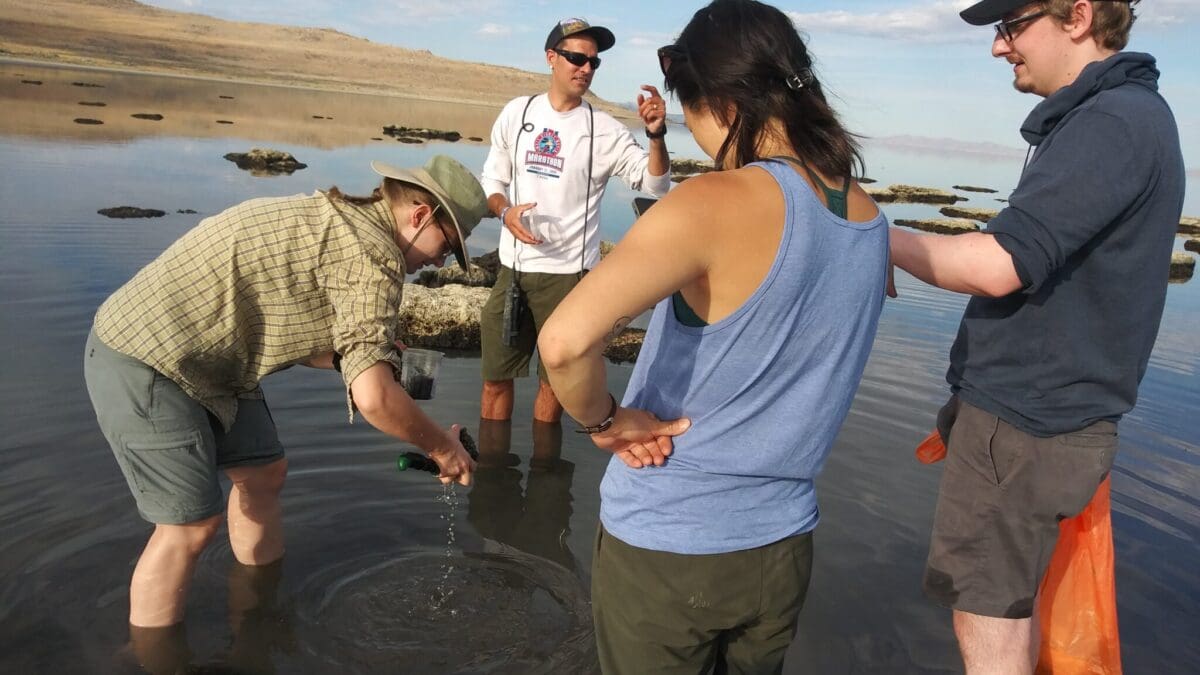
You must be logged in to post a comment.